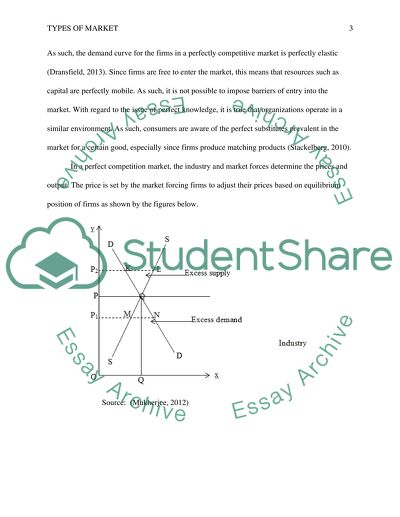Cite this document
(“Perfect competition, monopolistic competition, oligopoly and monopoly Essay - 1”, n.d.)
Perfect competition, monopolistic competition, oligopoly and monopoly Essay - 1. Retrieved from https://studentshare.org/macro-microeconomics/1672713-perfect-competition-monopolistic-competition-oligopoly-and-monopoly
Perfect competition, monopolistic competition, oligopoly and monopoly Essay - 1. Retrieved from https://studentshare.org/macro-microeconomics/1672713-perfect-competition-monopolistic-competition-oligopoly-and-monopoly
(Perfect Competition, Monopolistic Competition, Oligopoly and Monopoly Essay - 1)
Perfect Competition, Monopolistic Competition, Oligopoly and Monopoly Essay - 1. https://studentshare.org/macro-microeconomics/1672713-perfect-competition-monopolistic-competition-oligopoly-and-monopoly.
Perfect Competition, Monopolistic Competition, Oligopoly and Monopoly Essay - 1. https://studentshare.org/macro-microeconomics/1672713-perfect-competition-monopolistic-competition-oligopoly-and-monopoly.
“Perfect Competition, Monopolistic Competition, Oligopoly and Monopoly Essay - 1”, n.d. https://studentshare.org/macro-microeconomics/1672713-perfect-competition-monopolistic-competition-oligopoly-and-monopoly.


